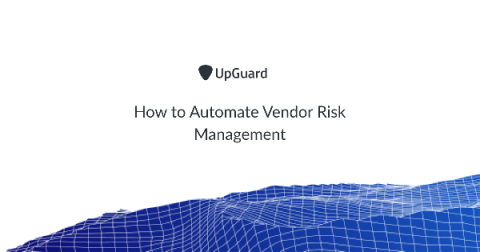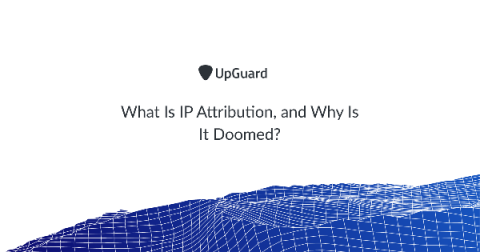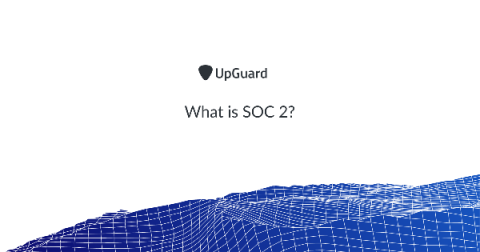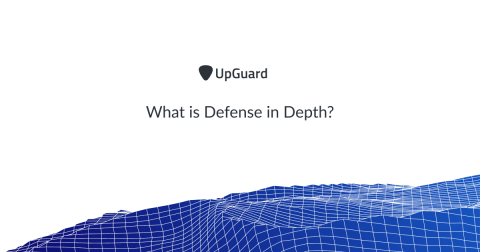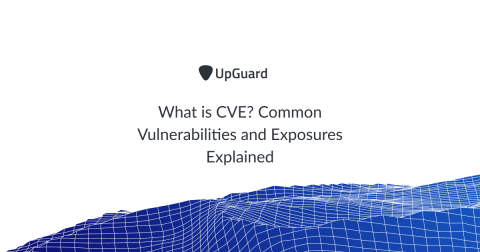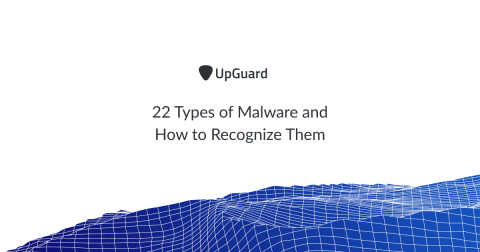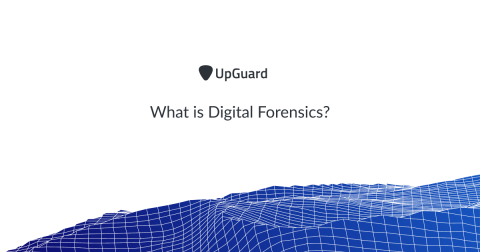How to Automate Vendor Risk Management
Third-party vendors are an important source of strategic advantage, cost savings and expertise. Yet outsourcing is not without cybersecurity risk. As organizations' reliance on third-parties grow, so too does their exposure to third-party risk and fourth-party risk. In fact, a recent HSB survey found nearly half of data breaches in 2017 were caused by a third-party vendor or contractor.


